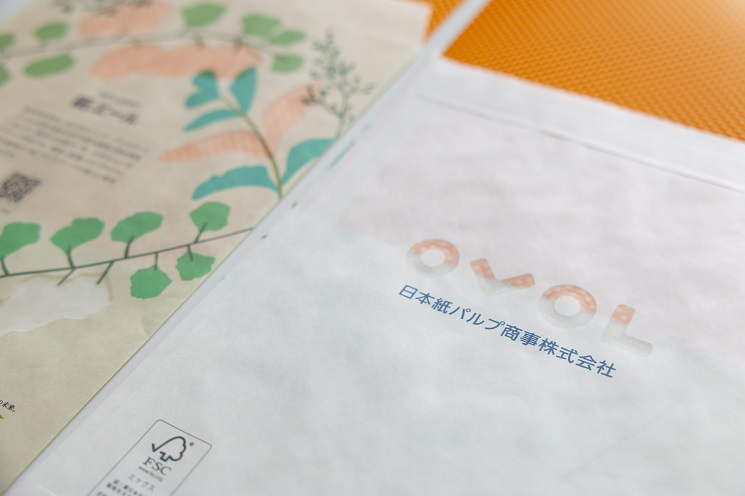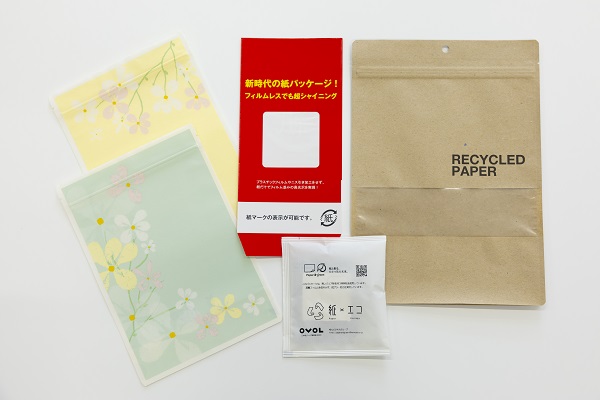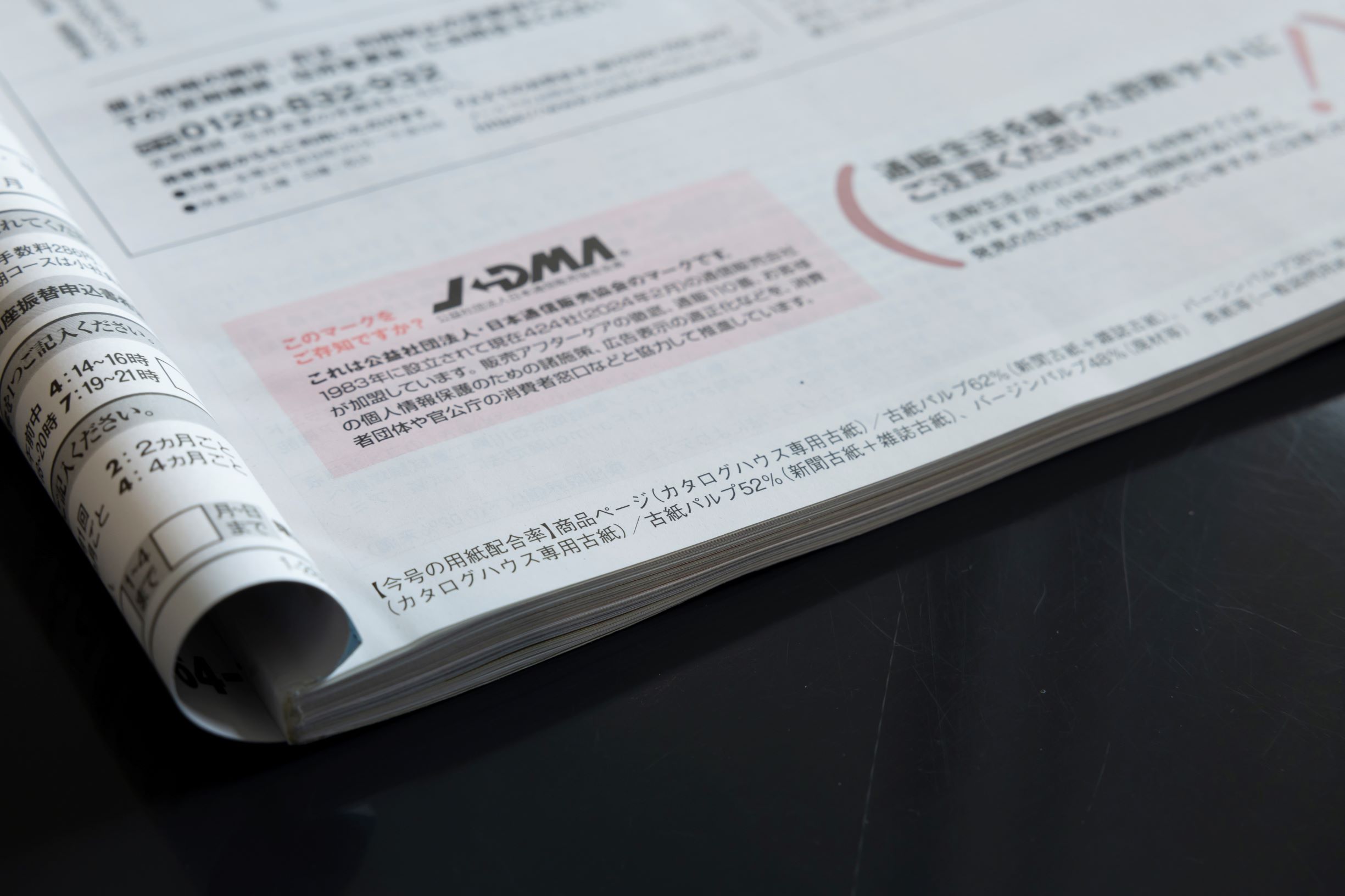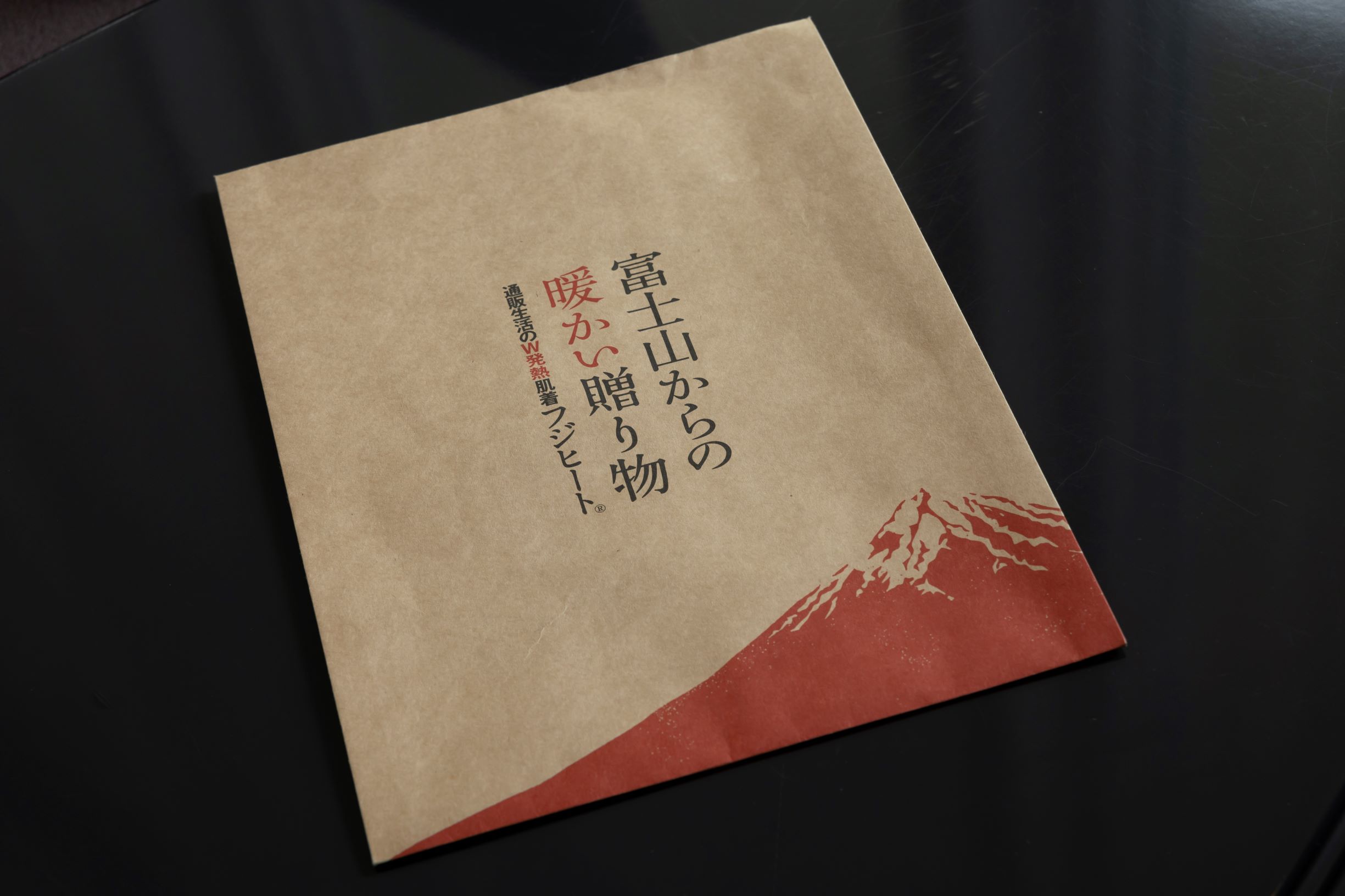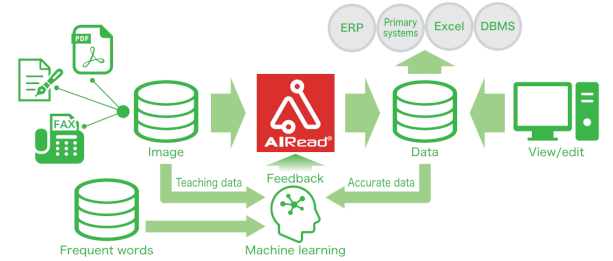The site was launched over 20 years ago
The launch of Paper & Goods dates back to 2001. In addition to being the company's first e-commerce initiative, there was no one skilled in this kind of business at the time, so the company had to start from scratch. In 2015, Tokoshima took over the e-commerce business from his predecessor, but “at first, we did things like SEO* and tried to improve the purchase conversion rate based on our own intuition” (Tokoshima). Through repeated trial and error, the site gradually grew, and in 2016, the company entered into a capital and business alliance with Matsumoto Paper, which also manages an e-commerce site that handles paper products. Then in November 2017, it opened a store on Amazon Business, strengthening its ability to attract a wide range of customers.
* SEO is an abbreviation for Search Engine Optimization, which is a general term for efforts to make a site appear higher in search engine results and gain more traffic.
On the other hand, Yamashita, who was in charge of new product and application development in 2017, has been working on many projects to replace plastics with paper from the perspective of sustainability. Yamashita says, “Of course, it is necessary to respond to growing environmental needs, but first and foremost Our mission is to take the initiative in widely promoting environmentally friendly products”. Because of this, the company decided to add an e-commerce channel to further promote and sell environmentally friendly products as part of its business.
Thus, at the end of 2018, the Sustainable Solutions Group was born. Then, in September 2019, Paper & Green was launched in order to uncover needs more directly than before and to more widely promote environmentally friendly products.


